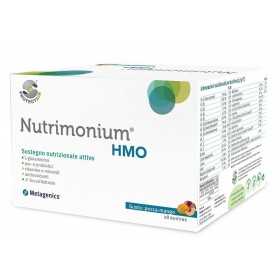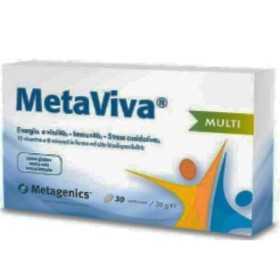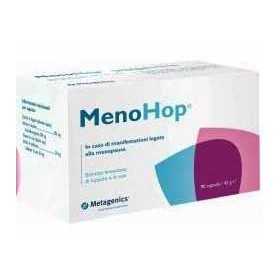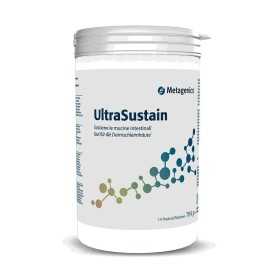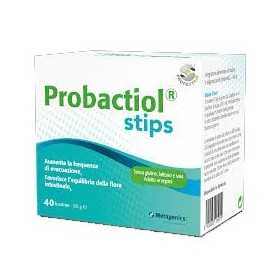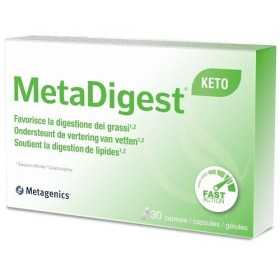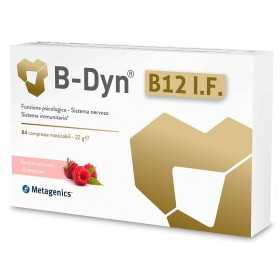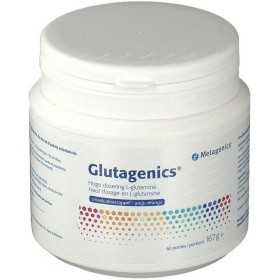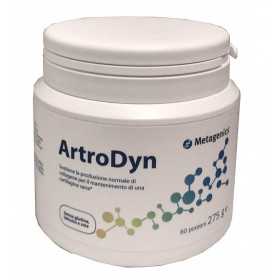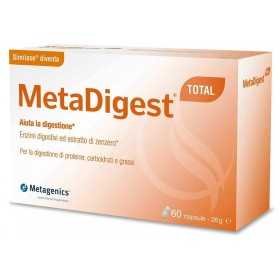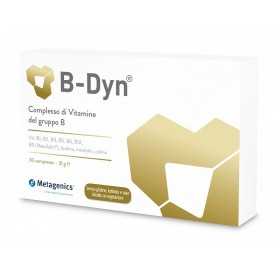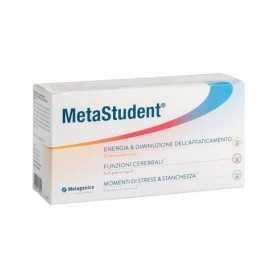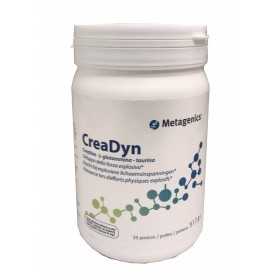by credit card, Paypal and bank transfer.
with BRT, DPD and FedEx couriers
via Whatsapp + 39.371.43.61.201
Vitamin D with high dosage
Most vitamin D, 80 to 90% of an individual's requirement, is produced by the body through exposure to sunlight. Sunscreens, covering clothing, limited exposure to the sun, intense tanning and aging are causes of lower production of vitamin D. Vitamin D deficiencies are very common: 60-80% of the population has vitamin D deficiencies. vitamin D*. In certain cases it may be advisable to resort to supplementation to reach the recommended requirement.
Metagenics Vitamin D is a vitamin D3 (cholecalciferol, the best assimilated form of vitamin D). It is found in lime-flavoured chewable tablets, with a natural sweetener from the Stevia plant. The tablets are available in 3 different dosages (400 IU, 1000 IU and 2000 IU) each of which is indicated for the needs of a certain age group or for a specific situation. Since vitamin D has the characteristic of accumulating in adipose tissue, it is advisable to take the recommended daily dose every day, rather than a higher dosage occasionally.
Recommended daily intake for 2000 IU:
- Elderly (60+) 1 tablet
- Pregnant women 1 tablet
- Serious deficiencies 1 tablet
(*)
Holick MF, Chen TC. Vitamin D deficiency: a worldwide problem with health consequences. Am J Clin Nutr. 2008 Apr;87(4):1080S-6S. Review.
Philippart de Foy JM, Lambert Michel, Zech Francis. Vitamin D deficiency, a pandemic easily eradicated in first-line medicines. UCL, 2009.
Rodriguez-Rodriguez et al. Vitamin D status in a group of Spanish schoolchildren. Minerva Pediatr2011 Feb;63(1):11-18.
M. Gonzalez-Gross et al. Vitamin D status among adolescents in Europe. British Journal of Nutrition 2012, 107, 755–764







